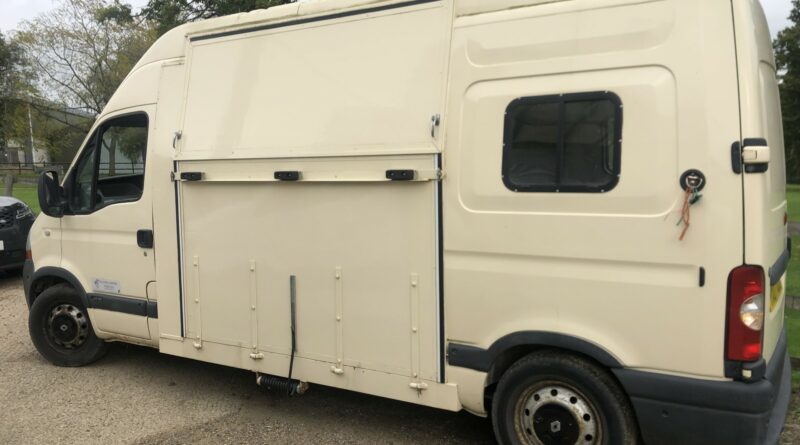Horsebox Inspection: Ensuring Safe and Comfortable Transportation for Your Equine Companion
If you’re a horse owner looking to invest in a horsebox, it’s crucial to conduct a thorough inspection to ensure the safety and comfort of your beloved equine companion during transportation. A horsebox serves as a mobile home for your horse, and a comprehensive inspection helps you make an informed decision and avoid potential issues down the road. One advised can be buying a van and doing basic simple conversion.
One of the primary reasons to conduct a horsebox inspection is to assess its structural integrity and safety features. Carefully examine the bodywork for any signs of damage, corrosion, or weak spots. Check the floors, walls, and roof for sturdiness, ensuring that they can withstand the weight and movement of the horse during transit. Inspect the ramps and partitions to ensure they are in good working condition, as they play a crucial role in the loading, unloading, and securing of the horse.
During the inspection, pay close attention to the ventilation and airflow inside the horsebox. Proper ventilation is vital to maintaining a comfortable and healthy environment for the horse during transport. Look for windows, vents, and openings that allow for adequate airflow, preventing heat buildup and ensuring a fresh supply of air for your horse. Documents you need.
Furthermore, evaluate the interior of the horsebox for safety and comfort features. Check the dividers and breast bars to ensure they are secure and adjustable, providing a stable and comfortable space for the horse. Examine the flooring for slip resistance and cushioning, as a smooth and well-padded floor helps absorb shocks and provides traction to prevent injuries. Assess the tie-up points and fittings to ensure they are strong and secure, keeping the horse safely in place while the vehicle is in motion. How to complete private sale.
In addition to the structural aspects, it’s important to evaluate the mechanical condition of the horsebox. If the vehicle has an engine, have it inspected by a qualified mechanic to ensure it is in good working order. Check the tires, brakes, and suspension system to ensure they are in proper condition, as they directly impact the safety and stability of the horsebox on the road.
Another crucial aspect of the inspection is verifying the horsebox’s documentation, including its registration, ownership history, and any maintenance records. This information provides transparency and helps you assess how well the vehicle has been cared for and maintained.
While it’s possible to perform a basic inspection yourself, seeking the expertise of a professional is highly recommended. Specialists in horse transport or experienced horsebox inspectors have the knowledge, experience, and specialized equipment to conduct a more thorough examination. They can identify potential safety concerns and provide valuable insights into the suitability and quality of the horsebox for your specific needs.
In conclusion, a detailed horsebox inspection is crucial when considering the purchase of a horse transport vehicle. By examining the structural integrity, safety features, comfort elements, and mechanical condition, you can ensure the safety and well-being of your horse during transportation. Taking the time to conduct a thorough inspection allows you to make an informed decision, avoid potential issues, and provide your equine companion with a secure and comfortable travel experience. Should I buy new or used car. What is CarExamer.
Buying a used VW. Buying used vauxhall, BMW, Jaguar, Ford, Volvo, Range rover, Bentley, Aston Martin, Porsche, Ferrari, Lamborghini, Maserati, Hyundai, Tesla, Honda, Pagani

